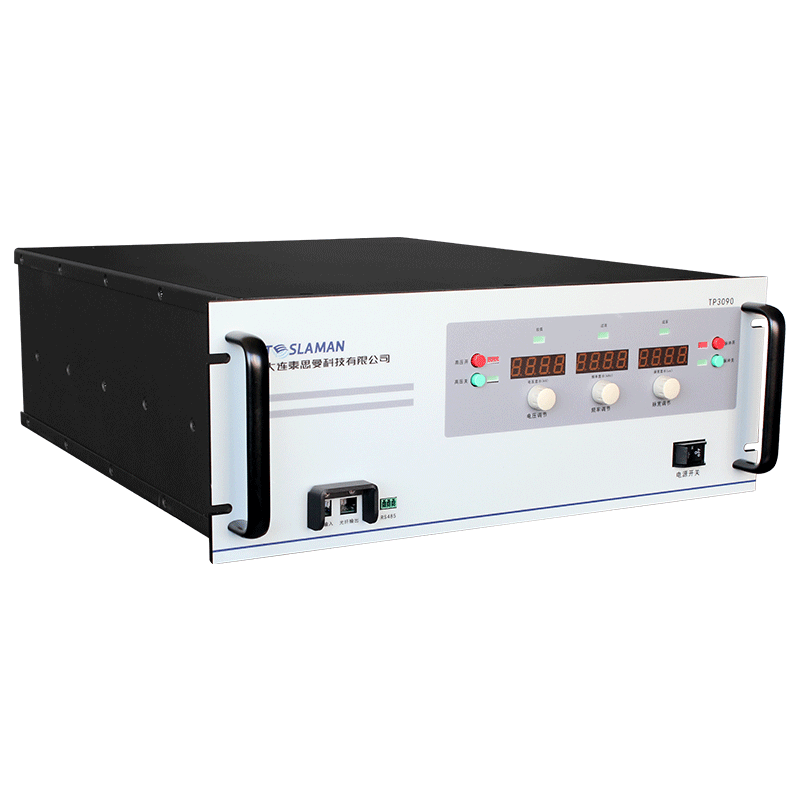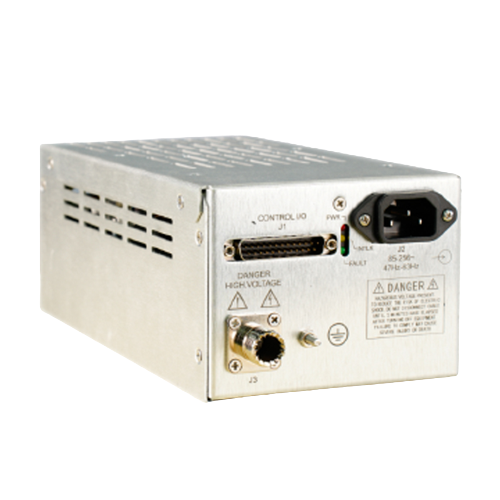Analysis of the Advantages of High-Voltage Power Supply in Resolving Static Electricity Dust Removal Challenges
Abstract:
Static electricity dust removal technology is widely used in industrial production, playing a crucial role in dust control. As the core component of static electricity dust removal systems, high-voltage power supplies possess unique advantages, effectively addressing challenges encountered in the static electricity dust removal process. This article provides an in-depth analysis from a professional perspective, aiming to offer more reliable and efficient dust control solutions for industrial production.
I. Basic Principles of High-Voltage Power Supply
A high-voltage power supply is a device capable of generating high-voltage output, widely applied in various electrical equipment and industrial systems. In static electricity dust removal systems, the high-voltage power supply charges conductive dust collector components (such as electrodes, dust collection plates, etc.), inducing ionization and electrostatic adsorption, ultimately achieving dust capture and removal.
II. Advantages of High-Voltage Power Supply in Static Electricity Dust Removal
1. **Efficient Ionization and Adsorption:** High-voltage power supplies provide a sufficiently strong electric field, causing ionization of gas molecules in the air, generating numerous positive and negative ions. These ions rapidly adhere to the charged dust collector components under the influence of the electric field, forming a dense dust layer and enhancing dust removal efficiency.
2. **Stable and Reliable Power Output:** Static electricity dust removal systems demand high stability from the power supply to ensure normal operation and sustained dust removal effectiveness. High-voltage power supplies exhibit stable and reliable power output characteristics, maintaining a relatively constant output voltage during prolonged operation, ensuring the system's stable performance.
3. **Adaptability with Multiple Operating Modes:** High-voltage power supplies typically feature various operating modes that can be adjusted according to actual working conditions. This flexibility allows static electricity dust removal systems to adapt to different dust characteristics and processing conditions, enhancing system versatility and operational efficiency.
4. **Energy Efficiency and Environmental Friendliness:** Compared to traditional dust removal methods, static electricity dust removal systems using high-voltage power supplies achieve more efficient dust removal, reducing energy consumption. This contributes to lowering energy costs in the production process and simultaneously decreasing exhaust emissions, aligning with sustainable environmental requirements.
5. **Low Maintenance Costs:** High-voltage power supplies often have a long lifespan and stable performance, minimizing maintenance and replacement costs. This is a crucial economic advantage for dust removal systems requiring continuous and stable operation in industrial production.
Conclusion:
As the core component of static electricity dust removal systems, high-voltage power supplies provide reliable technical support for addressing static electricity dust removal challenges with their efficient, stable, flexible, energy-efficient, and low-maintenance characteristics. Adopting static electricity dust removal systems driven by high-voltage power supplies not only effectively controls dust and improves the cleanliness of the production environment but also reduces energy consumption, achieving a dual benefit of economic and environmental sustainability in industrial production.




















